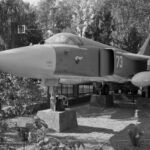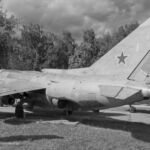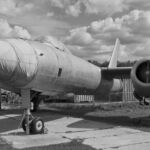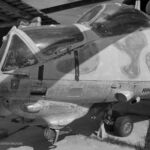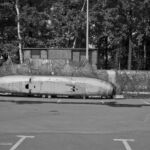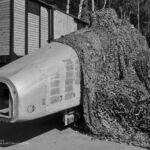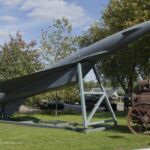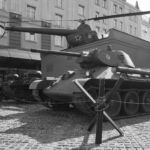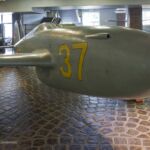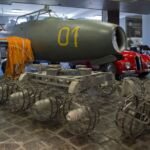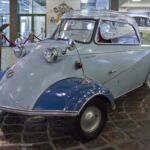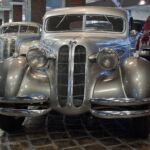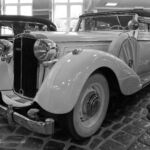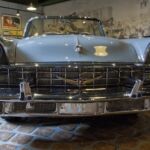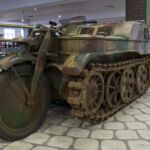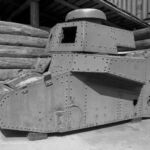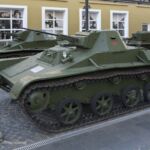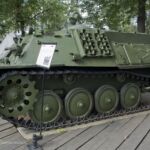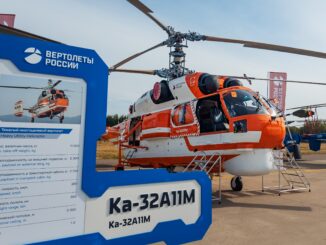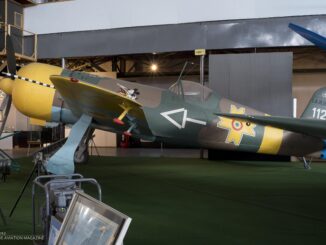
Just about five kilometres from the Moscow city limits, located in the small settlement called Arkhangelskoye, there is one of the most amazing museums in Russia and even in Europe – Vadim Zadorozhny´s Museum of Vehicles (Музей техники Вадима Задорожного). One building with three floors of exhibition halls and more than 3,5 hectare of the open-space exhibition offers more than 1,000 of showpieces – from objects of the everyday use to tanks and combat aircraft.
Vadim Zadorozhny, the successful Russian entrepreneur standing behind the museum, could certainly be called a visionary, philanthropist and a dreamer. However, he is also an experienced manager and investor, who built a fortune, and then spent a significant part of it for saving unique museum exhibits from being scrapped.
His father worked as a driver and most probably enrapturing son with technology and vehicles. Nevertheless, Zadorozhny initially considered a military career but finally became a teacher. After the collapse of the Soviet Union, with the appearance of new possibilities for business, he started a new life as an antique broker. Being really successful in his new business, Zadorozhny began to invest also in the real estate business and hotel industry, quickly becoming one of the most-successful entrepreneurs in Russia – but he never gave up his real passion.
In 1999, Zadorozhny met a group of enthusiasts working on restoration of BMW car from 1930s. He decided to help them, spent 10 months on the project and then decided to follow this work by buying and restoring several other vintage BMW automobiles. At the end of 2000 his collection included five cars.
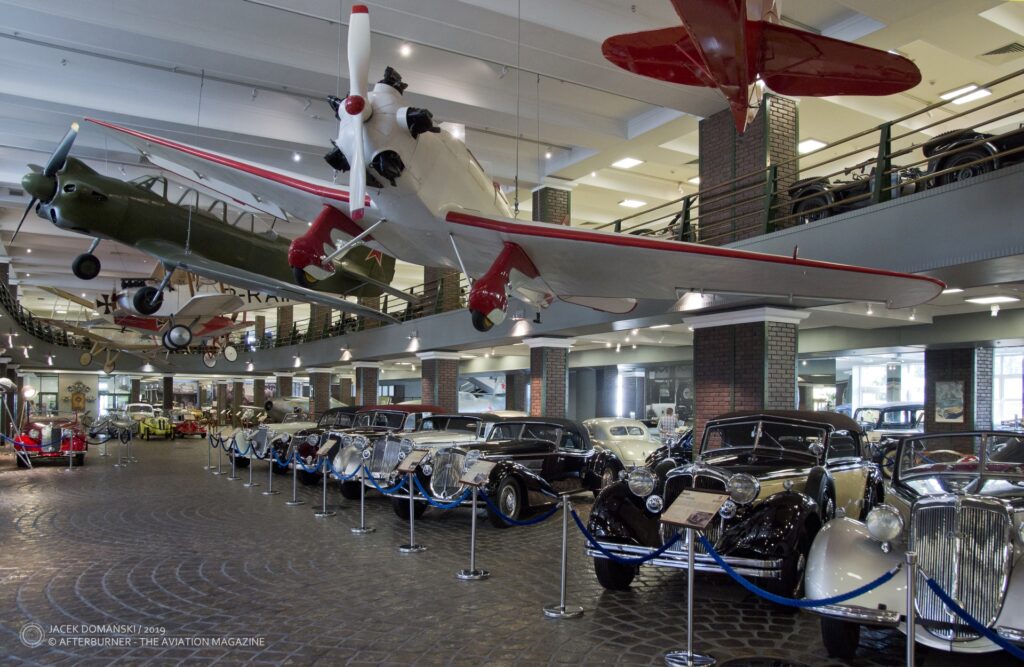
Over the years, Zadhorozhny´s collection was slowly growing and finally needed a special space for storage. And then the ´Cabrio and Roadsters Club´ was established, that can be considered as a direct predecessor of the current museum.
Initially, the collection was located at an abandoned area in Arkhangelskoye but it was clear that a proper site would be required soon. Therefore, on 15th April 2006 the foundation stone of a new museum building was laid and two years later – on Cosmonautics Day, 12th April 2008 – it opened gates for visitors for the first time.
In many interviews given by Vadim Zadhorozhny, he was talking about many reasons behind the creation of the museum – it was either the need for saving some unique exhibits for future generations, patriotic feelings, pride of the Russian and Soviet industry and constructors, and finally the desire to share his collection with other people. And, most of all, he wanted to create a world-class technical museum, where the majority of exhibited vehicles would be fully restored, in perfect condition and even ready for use.
Currently, the main site of the museum is still located at Arkhangelskoye but now includes a large building with three floors of exhibition halls, archive, library, offices and a souvenir shop. The open-space exhibition covers more than 3,5 hectare of land, there is also a playground for children, two restaurants, a real field kitchen, restoration workshop and many other facilities.
In addition to this, Vadim Zadorozhny´s Museum of Vehicles carries out active research work, participates in military historical re-enactment events, parades and fairs, provides the equipment for film productions and supports similar heritage-preserving activities.
The collection at Arkhangelskoye includes more than 1,000 exhibits – an astonished collection of vintage cars, military vehicles from 1930s to 1980s, combat aircraft, tanks, agricultural equipment, trains and space technology. What is more, this is just a part of the whole collection, as many vehicles and aircraft are still stored and waiting for restoration.
Obviously, the aviation part of Zadorozhny´s collection is the one most interesting for us, but there is no way not to mention a few other showpieces, especially that many of them are really unique. Starting from the vintage car and motorcycle collection, which currently includes 95 automobiles and 190 other vehicles – a variety of Soviet-made cars, amazing collection of early-made automobiles, breath-taking examples of cars made in 1930s and 1940s, and also some masterpieces from 1950s or 1960s.

Many of the exhibited cars have an interesting history, there is a Mercedes-Benz 770 used by Hitler there, ZiS-115 belonging to Stalin, ZiS-110B used by Beria, a collection of cars used by Honecker, Gorbachev, Yeltsin, Horthy or Schlosser. There is an Alfa Romeo 6C2500 S.S (Super Sport) there, a single piece made by Pinin Farina, a collection of beautiful cars manufactured by Horch, Maybach or Delahaуe.
The collection of armoured vehicles and tanks includes 160 vehicles and offers a wonderful possibility to learn about the Soviet developments from 1930s until 1980s – almost complete assortment of Soviet tanks, several just legendary artillery pieces, well-known armoured vehicles and also some not so known ones. But there is not only a Soviet armament there and the visitors can see a few German tanks and armoured vehicles together with Lend-Lease delivered M3A1 ´Stuart´ tanks. One of the most visitor-attracting exhibits is a military train with the Soviet locomotive class L, nicknamed ´Swan´ (Лебедь) or ´Victory´ (Победа).
Last but obviously not least, there is an aviation collection. Thirty-five aircraft located at Arkhangelskoye are just a small part of Zadorozhny´s collection, but still include several interesting exhibits. The full list of aircraft located outside includes: Sukhoi Su-24 bomber as a gate guard, the prototype of the first supersonic VTOL fighter Yakovlev Yak-141, two Yak-38M VTOL fighters, Su-15T, MiG-17, MiG-19SW, MiG-21SMT, MiG-23B, MiG-29, MiG-15UTI, Il-28, Yak-25M and Yak-28P, plus two helicopters – Mi-1 and Mi-24V. There is also a Republic F-84F Thunderstreak, the sole example of the Western aviation there, formerly operated by the Belgian Air Force.
During our visit in the museum, in August of 2019, we have also spotted another unique aeroplane – an Ilyushin Il-102, sometimes nicknamed ´a jet-powered Shturmovik´. This aircraft was made in only two examples, one for static and another for flying test purposes. And fortunately, we can witness that both were preserved. The first one is located inside the Gromov Institute area at Zhukovsky, being a part of the Alley of Heroes there. The second one is at Arkhangelskoye, partially disassembled (wings and fuselage stored separately), but we hope this would be one of the subjects for future restoration and soon there would be a possibility to see this interesting aircraft as a part of the exhibition.
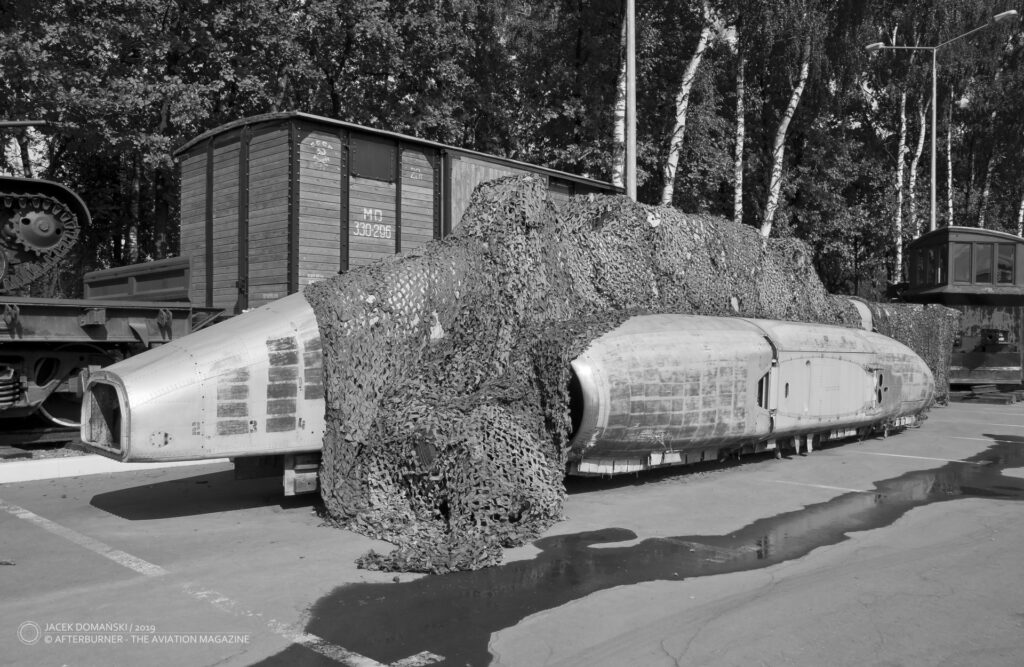
Inside the museum building there is one of the first Soviet jet-powered aircraft Yak-15, together with Yak-23UTI, Yak-18, UT-1 (AIR-14) and also some replicas, including SPAD S.VII, Fokker Dreidecker, UT-2, and AIR-1. There are also a few items related to the space exploration, like the undercarriage prototype from Lunokhod 1 lunar rover.
On 9th May 2020, at the 75th anniversary of the V-Day in Europe, a new exhibition dedicated to the World War II was opened, regrettably just via an on-line event because of the coronavirus restrictions. Named the Falcons of the Homeland (Соколы родины) this display is focused on the years 1941-1945, recognized in Russia as the Great Patriotic War (Великая Отечественная война). The visitors to the museum can find there a few well-known fighters (Yak-1, Yak-3, Yak-9 and Hawker Hurricane), a unique 3D diorama, aviation devices and instruments, uniforms, photos and documentary materials, propaganda posters and a tale about women in aviation.
Most of the exhibited aviation items belong to Vadim Zadorozhny, but there are also several deposited items. And an origin of significant part of this collection is interesting enough to tell it now, by a short side-story.
At the beginning we have to go back to 1990s and visit the Khodynka Aerodrome (Ходынский аэродром), officially known as Frunze Central Aerodrome (Центральный аэродром имени М. В. Фрунзе). Khodynka, the place where the Russian aviation was born, for many years was the only airport in Moscow. With the opening of new airfields around the city, the central one was closed for passenger flights and since 1950s Khodynka operated as test aerodrome for Ilyushin aviation plant and a helicopter hub. However, with the increased development of the Russian capital and growing interest in the constructible lands in Khodynka area, it became clear that the days of the Central Aerodrome are numbered.
The first idea aiming for creating an aviation museum in Khodynka was born already in 1989. As a result of an agreement between the Ministry of Defence (MoD) and Air Marshal Alexander Silantyev, the first exhibits came to the former Central Aerodrome in 1991. Among them were many unique aircraft, as an infamous Sukhoi Su-15, the very one that shot down the Korean airliner in 1983, or Il-14 donated by Dzhokhar Dudayev (a former air force pilot and general, then the Chechen leader). However there were still more and more aircraft in Khodynka, they were just stored in open air there, as no development of the museum was made.
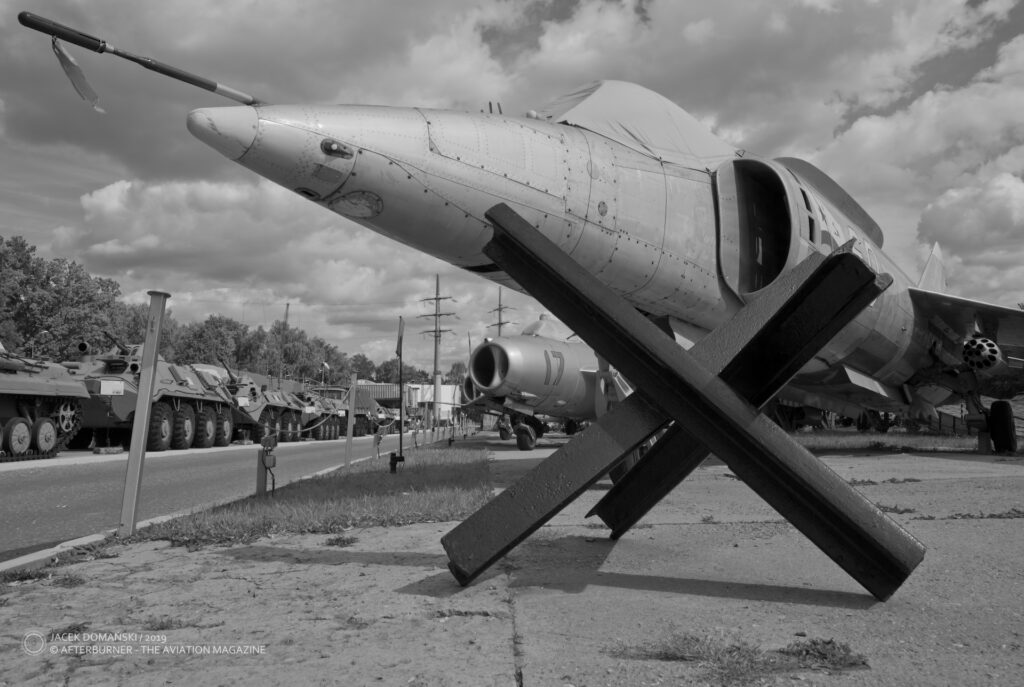
There was some hope in 2005, when the real estate developers started to build residential buildings in the area. Moscow city authorities wanted to sell them also the area of former airfield, in return offering the MoD a financial support to create the National Museum of Aviation and Space. The MoD agreed, handed over the land to the city but no development was made regarding the museum. Nothing changed over the next years, the MoD had no money for any museum, the city couldn´t do anything with the aircraft belonging to the MoD and, in addition, the ownership of the land was disputed.
The area of the future museum became a shelter for homeless people, playground for teenagers and a place of interest for urbex enthusiasts. When the rumours were spread, that the final decision of MoD would be to get those aircraft scrapped, Vadim Zadorozhny and his museum began their efforts to take over the collection – and finally succeeded. Starting from January 2012, the remains of aircraft collection of the never-born aviation museum, were moved from Khodynka. Regrettably, from the initial number of approximately 70 aviation exhibits, some of the great value, just 47 could be saved.
This, somehow spectacular, save of a significant part of Russian aviation heritage is just one of many stories related to the museum and its owner. Several interviews with Zadorozhny include other interesting tales from searching and restoring of particular vehicles and aircraft. One of the examples is the abovementioned Mercedes, initially belonging to Hitler, who later offered it to Croatian dicator, Ante Pavelić. After the World War II, Josip Broz Tito handed it over to Stalin, as a war prize, but Stalin forwarded it to the General Secretary of Uzbekistan… where it was finally found in 1990s.
When speaking about the Vadim Zadorozhny´s Museum of Vehicles, another aviation project related to the museum and its owner must be mentioned, and this is the foundation named ´Winged Memory of the Victory´ (Крылатая память Победы). This organization is taking care of restoration and maintenance of historic aircraft, keeping them in airworthy condition. Among the aeroplanes operated by the foundation there are Ilyushin Il-2, MiG-3, I-15bis, I-153, I-16 and many others.
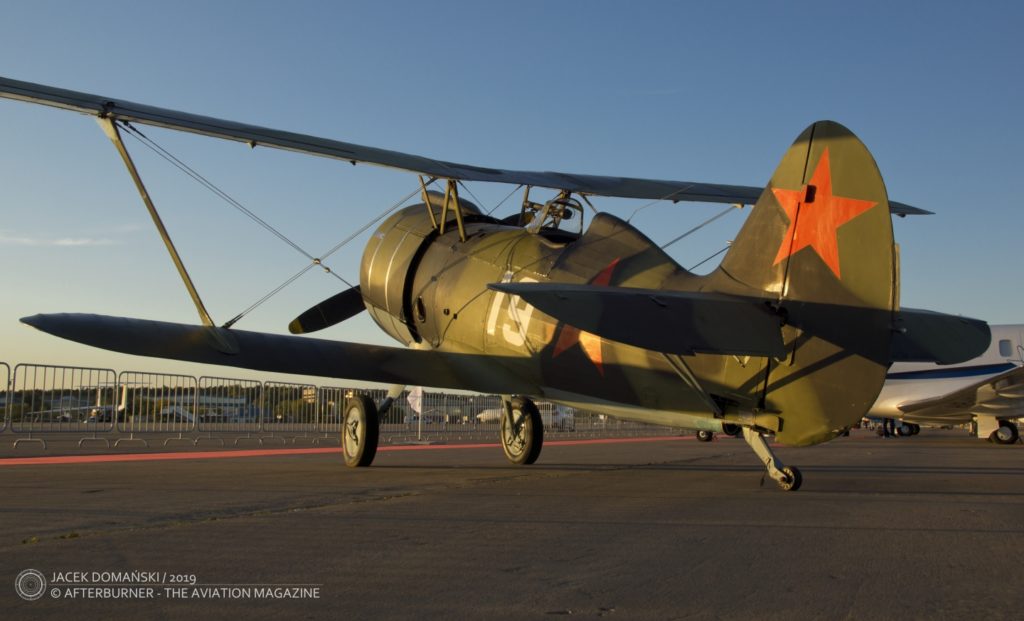
And to make the story about this amazing museum really complete, its second location (apart from the main site in Arkhangelskoye) should be also described here – especially that this is one of the future Zadorozhny´s project, for the first time disclosed a few years ago.
Approximately 150 kilometres from Moscow, at the former Medyn airfield in Kaluga oblast, there is another plot owned by Zadorozhny – the location where, once in the future, he plans to reconstruct a complete airfield from the late 1930s. It is also possible that part of the existing collection would be moved there, as there is not much space left in Arkhangelskoye and no possibility to enlarge the existing area.
Currently, the area of the former airfield is used for film productions and several aircraft are stored there, including the ones saved from being totally rotten at Khodynka. The satellite image of Medyn shows several MiG and Sukhoi jets, a few helicopters and other aircraft, waiting for being restored one day. One aeroplane stands out among all others and this is Sukhoi T-10-20 – this aircraft was initially specially prepared for a record-breaking speed flight, that finally never happened. Abandoned at the former Central Aerodrome, this fighter shared the sad fate of other aviation exhibits there and was heavily devastated. Fortunately it was then moved to Medyn in 2013 and the first stage of its renovation was finalized in 2017.
The latest addition to that collection is a Tu-134B-3 airliner, the last aircraft from the former Central Aerodrome that left Khodynka area at the beginning of this month, therefore closing the sorrowful history of an aviation museum there, that never was realized.
At the conclusion of our story, we have to mention about some controversies that appear in the Russian media from time to time and are related to Zadorozhny and his business activities. Some of them are focused on the way he is running the museum and gathering exhibits, mostly being totally unfounded and unfair.
A single visit in the museum shows the amount of work and effort spent on preserving the amazing amount of technical heritage for our and future generations. A majority of the exhibits are in the perfect conditions and stored inside, many others were already saved – as the examples mentioned above – from being rotten or scraped and are now awaiting restoration. In addition, a significant part of the collection is widely accessible for the general public, both in the museum and during aviation and historical events. And this is really a more interesting fate for all those vehicles, than being partly restored and then hidden behind the fence of an air base or aviation plant.
The main site of Vadim Zadorozhny´s Museum of Vehicles is located at Arkhangelskoye, Krasnogorsk area, just a few kilometres from the Moscow city boundary. The easiest way to get there is by public transport from Tushinskaya and Strogino stations of Moscow Metro – there are several bus and ´marshrutka´ lines going to Lipovaya Alley (Липовая аллея) bus stop, located just at the entrance. However, a basic knowledge of Russian and the rules of Moscow public transport can be necessary, otherwise using a taxi service might be recommended. If you go there by a car, there is a parking lot located at the entrance.
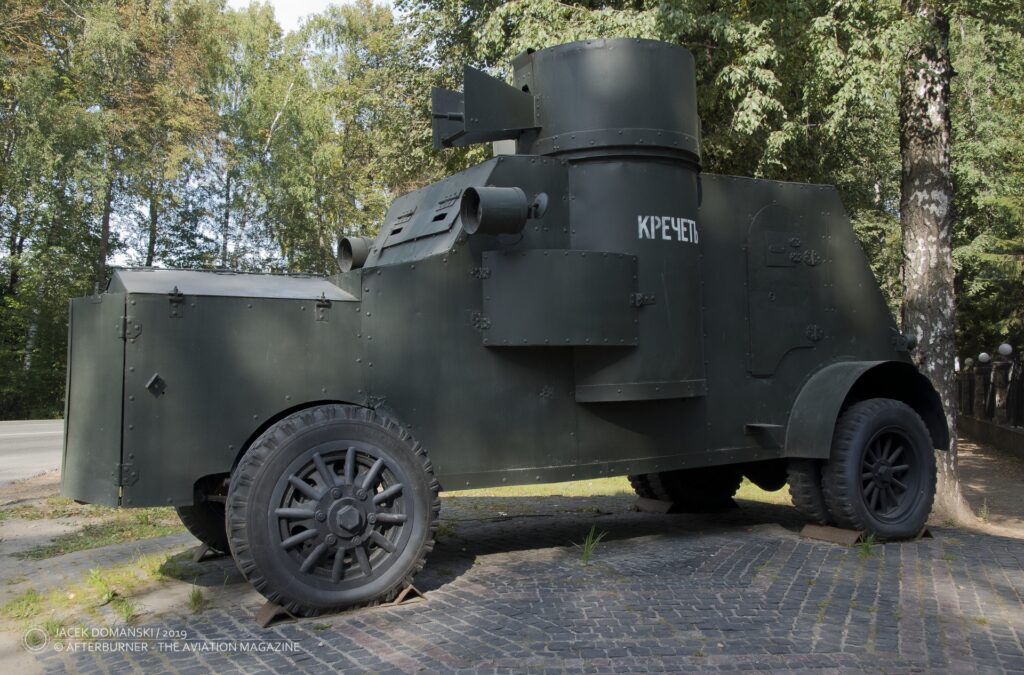
A regular ticket costs 500 RUB, a discounted one 300 RUB. There are also additional tickets available for guided tours, workshops and also for groups and families. Taking photos is not only allowed, but even recommended, and requires no additional fee – and a cloudy, darker days could be an advance here, as there will be no sharp contrasts at both indoor and outside exhibition.
The museum is usually working from 10:00 until 17:00 hours on business days, 10:00 to 18:00 on weekends and bank holidays, however now the opening times and accessibility can vary depending on the current coronavirus precautions and limits.
More images from the museum (not only the aircraft collection):
